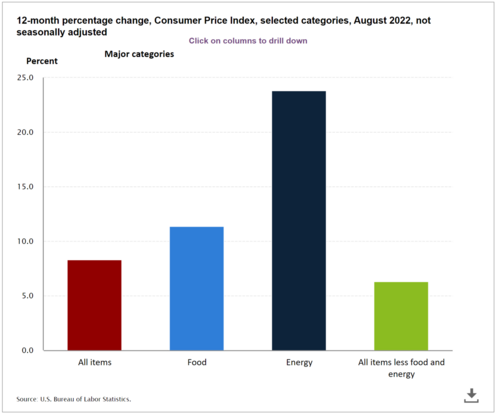Traffic Techniques For Network Marketers


If you're looking to generate traffic to your network marketing website, there are several proven techniques that you can use. These techniques include newsletters, classified ad sites, Traffic exchanges, and SEO software. By using these techniques, you'll be able to generate a steady stream of traffic to your site and increase sales.
Classified ad sites
There are a number of reasons to use classified ad sites as traffic techniques for network marketing. They allow you to target specific demographics and interests. Additionally, they give you the opportunity to control the placement of your advertisements. For example, if your audience is interested in outdoor sporting goods, you may want to place your ads on websites that cover such topics. However, if your audience is more interested in political news, you may want to post them on websites pertaining to that topic.
Traffic exchanges
Traffic exchanges are a powerful way to get your name out there. A traffic exchange will allow you to display your ads to a large audience, and you will earn credits for each view of your ad. The best traffic exchanges have hundreds of thousands of members, but you can also find smaller exchanges with only two or three thousand members.
There are many benefits to using a traffic exchange, but there are also some disadvantages. First, you have to do the groundwork. Some traffic exchanges have bots, so you will need to filter them. Secondly, you will need to make sure your traffic exchange is hosted with a quality provider.
Traffic exchanges can be an excellent way to get your name out there without spending a lot of money. These sites are comprised of many other internet marketers that are looking for traffic and willing to visit other people's sites to earn credits. They work on a credit system, where visitors receive credits in a 2:1 or 3:1 ratio, or at a 1:1 ratio.
Newsletters
Newsletters are a great way to increase your brand visibility. They also have the advantage of addressing users' email inboxes. Newsletters should be designed to meet the needs of the user, whether that be a mobile user or a desktop user. If your newsletter does not meet these needs, consider developing a responsive design.
Newsletters can be a great way to introduce your staff, announce a webinar, and offer exclusive deals. For example, Vacasa has a newsletter aimed at vacation rental clients in Portland, Oregon. Their newsletters feature travel information and travel tips. They also build trust between your subscribers and your business. Newsletters can help increase your sales and drive traffic to your website.
Another way to increase the reach of your newsletter is to add social media buttons to your website. This will allow readers to share your content with friends and family. Increasing your social media presence can also help increase your SEO ranking. Make sure your social media buttons are easily noticeable. Using contrasts will help them stand out.
SEO software
Network marketers have a variety of options when it comes to SEO software. These tools can help them manage their link partners, analyze their search performance, and plan keyword campaigns. In addition, many solutions will track the inbound and outbound links to their websites and spot broken links. These tools also offer important insights into competitor website's search rankings and help network marketers plan their keyword campaigns around them.
Choosing the right software for your needs is the most important part of SEO marketing. While there are many solutions on the market, it's important to look for one that has the features you need and one that won't break the bank. Many of these tools can be web-based or integrated with your website platform. A great tool should also have an intuitive user interface and easy navigation.
SEO tools analyze individual web pages and entire websites to determine the best keywords for each website. They can also suggest keywords related to the niche of your website. In addition, these tools can generate reports that measure key metrics. These reports can be sent to key stakeholders regularly. They can also analyze competitors' landing pages to determine which routes to take when it comes to PPC bids.
Tim Moseley





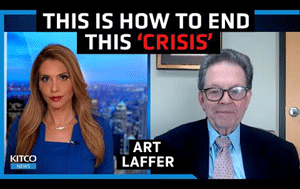 'Long, dark period ahead of us' as Putin escalates in Ukraine and the Fed hikes another 75 bps – Art Laffer
'Long, dark period ahead of us' as Putin escalates in Ukraine and the Fed hikes another 75 bps – Art Laffer
.gif)

.gif)
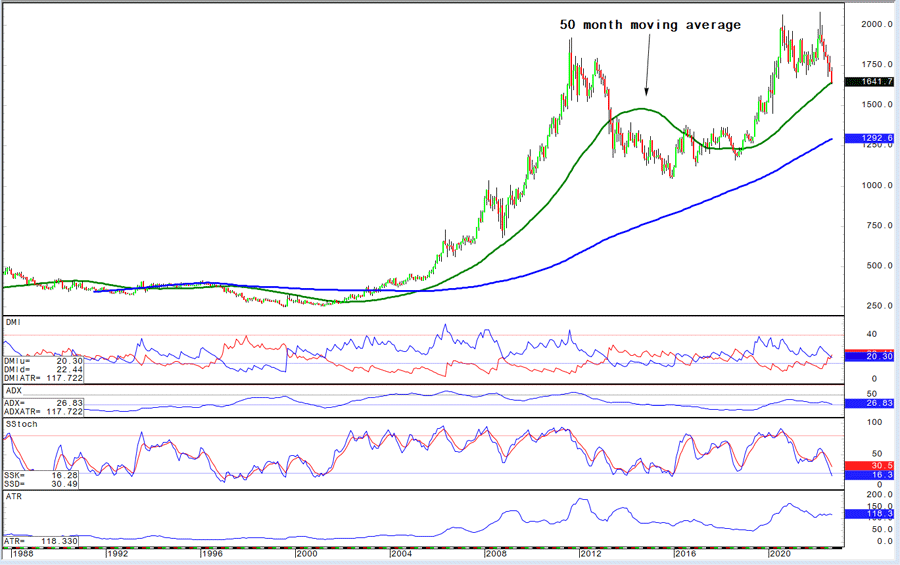

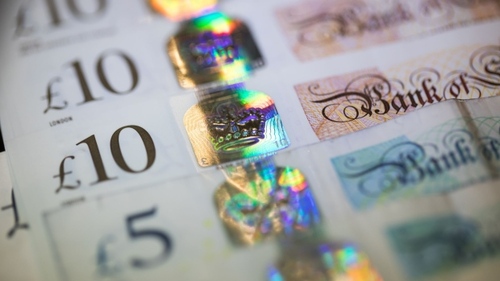

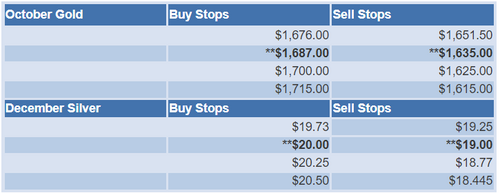

 Gold sees new safe haven allure as Putin threatens to use all instruments to defend its territory
Gold sees new safe haven allure as Putin threatens to use all instruments to defend its territory
.gif)

 Russia's new gold exchange could challenge LBMA and reveal gold's 'fair' price – Matthew Piepenburg
Russia's new gold exchange could challenge LBMA and reveal gold's 'fair' price – Matthew Piepenburg
.gif)







.png)
